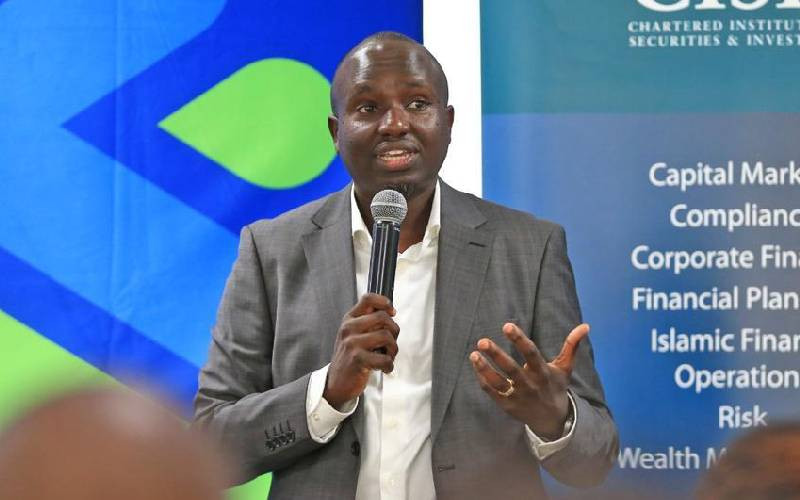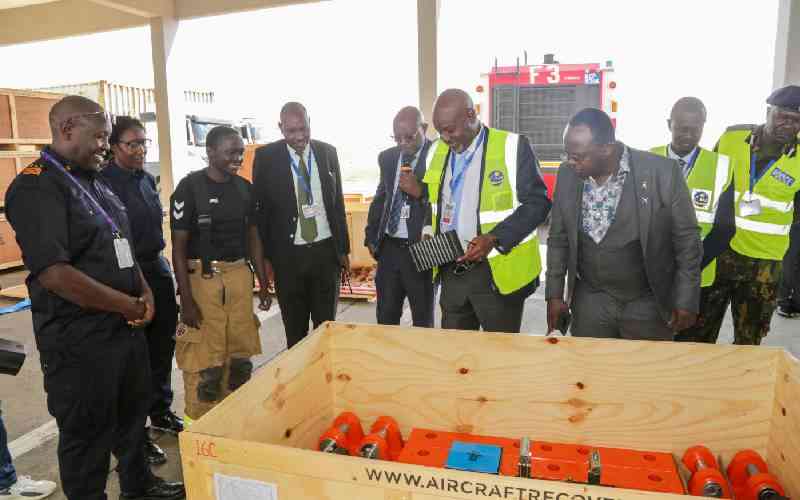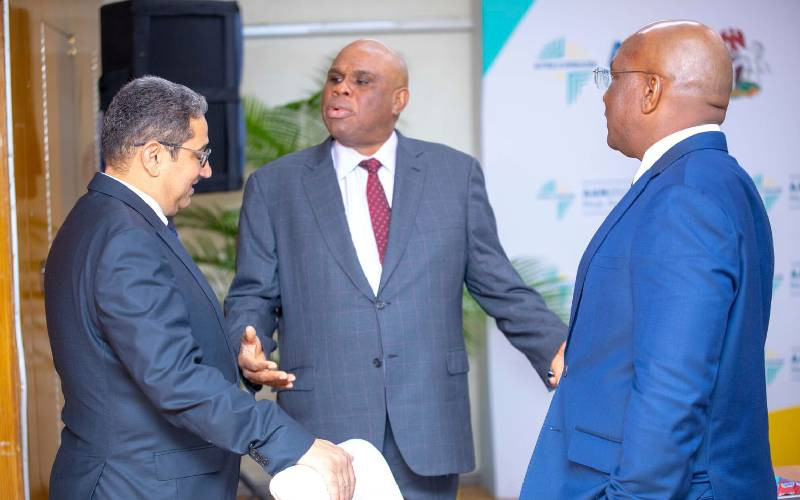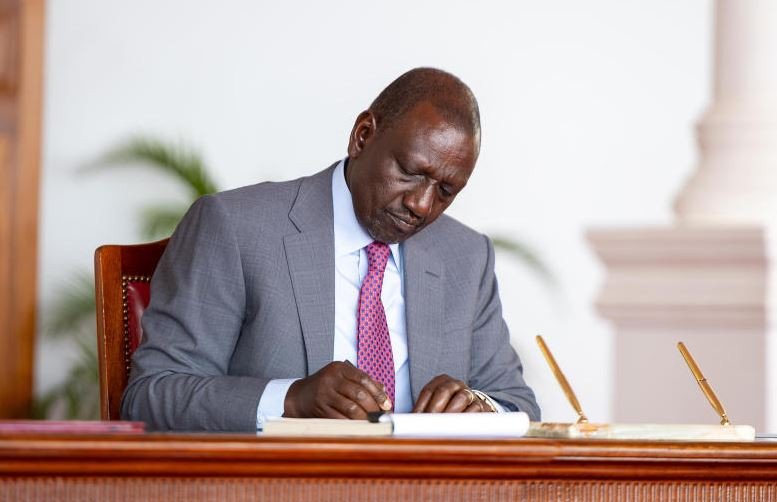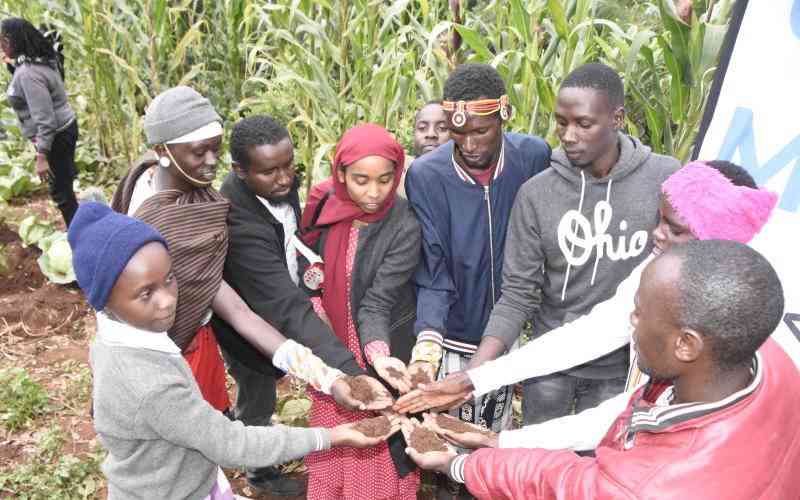
The sun had barely risen above the dry hills of Isiolo when a group of children gathered at the start line of the Peace Ultra Marathon Isiolo (PUMI). The children were not running, but cheering the marathoners running for peace.
With hand-drawn peace signs, chants of amani, and hopeful eyes, one of them, 15-year-old Kevin Waqo, held up a drawing: a house, a heart, and two hands holding a dove.
When asked what it meant, he said: “It means peace does not run away. We run towards it.”
In rural Isiolo, Halima Lokorio, a grandmother and retired school teacher has found her own way of explaining war and peace to her grandchildren. Every night she gathers them around a fire and shares ngano (folktales) with her two sons, 9-year-old Mohammed Abdi, and 13-year-old Ismael Abdi each evening.
Some are about animals; others are about warriors and peace pacts.
“After each session, I always end with a question – What can you do to bring peace tomorrow?
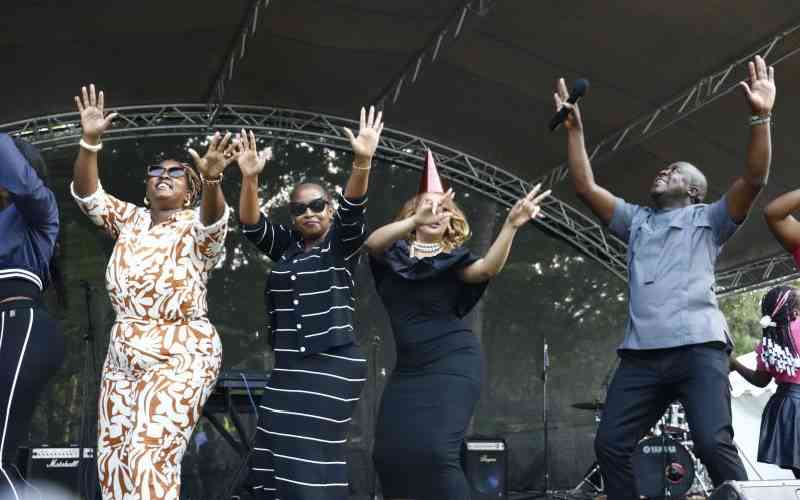
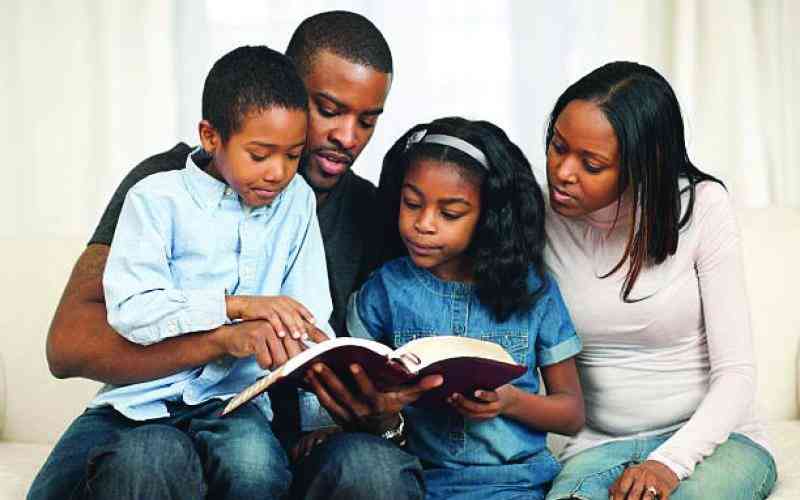
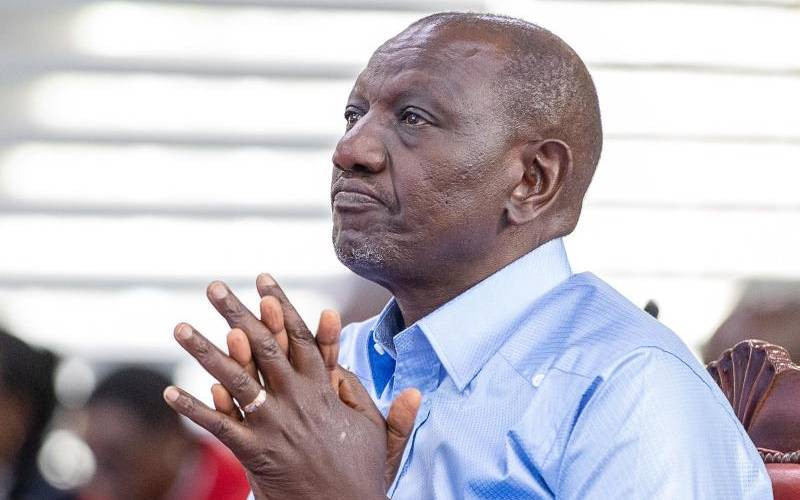
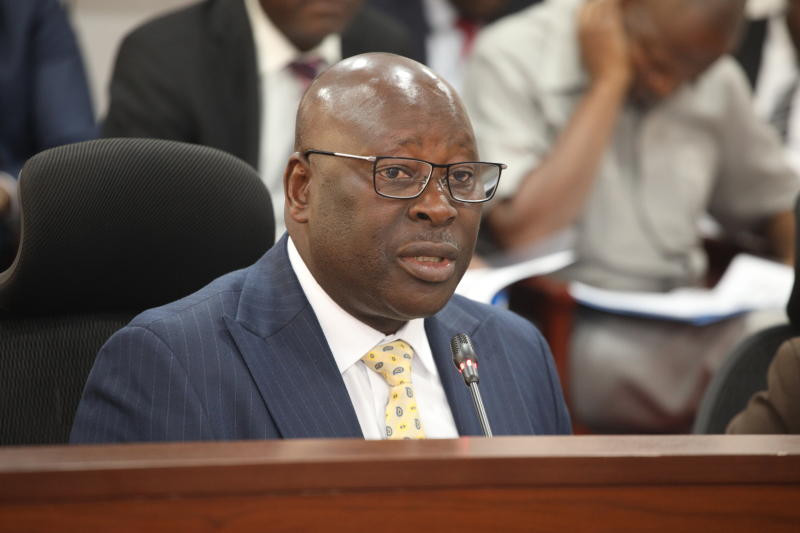
Inspired, the boys created a “Peace Tree” mural, on their compound wall, and every time someone show kindness, or talks about the importance of peace in a region where peace is elusive, they add a handprint leave
“I started this routine after my Somali community joined other six communities who have experienced conflict and violence for the longest time. Through PUMI, I have learnt peace starts at home and the children must be involved at an early age,” she says.
From Isiolo to Nairobi, Kenyan parents are quietly teaching the art of calm, compassion and courage - one bedtime story, one difficult question, and one answered fear at a time.
In a country where headlines often spotlight conflict, whether local political tensions or global wars seen on TV, Kenyan parents are asking themselves: How do I raise a child who is not afraid, but aware? Not angry, but empathetic?
The kindness Jar
In Nairobi’s Eastlands, 13-year-old Brian Munene and friends created a Kindness Jar after watching a film about child refugees.
“We cried,” his mother, a child development expert Esther Ndung’u, recalls. “Then we wrote kindness actions and picked one daily.”
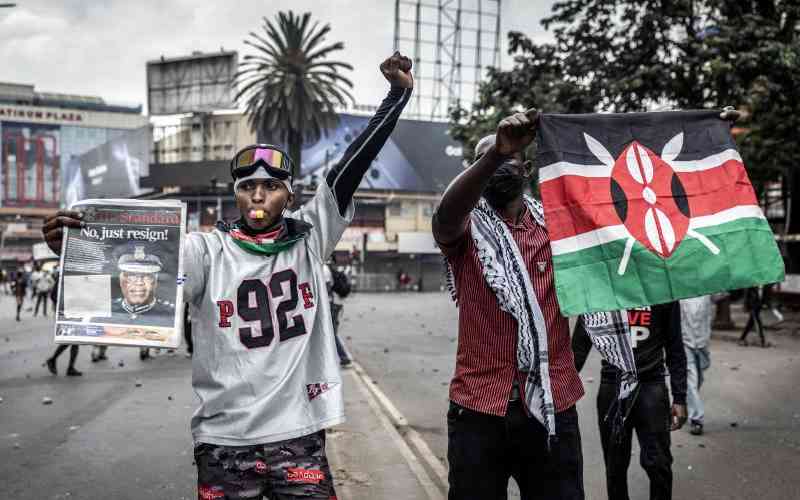
Wairimu Muthoni, a single mother of a girl, from Githurai, recalls the moment her 8-year-old daughter broke down after watching news footage of maadamano (protests) – the teargas, the water emitters, and shooting.
“She asked me, ‘Mum, do we belong here? What if it happens to us?’ That broke me,” says Wairimu.
Stay informed. Subscribe to our newsletter
Like many parents, she was not sure how to answer. “Do I shield her from the pain, or do I teach her to live in it with courage?”
Edward Kioko, a child psychologist says this is the question haunting many parents today. “Children are absorbing the chaos of the world, even if we think they are not. But the truth is, they do not need us to protect them from the truth. They need to feel safe within it.”
Storytelling as a tool for peace
Eric Muthomi, Project Manager, Regional Pastoralist Peace Link (RPPL), Isiolo, says that through PUMI, they are intentional.
“We use the marathon to bring together warrying communities for cultural engagement, and by running together, they learn to build peace,” he says.
Back at home, the champions become ambassadors of peace, says Muthomi.
Meanwhile, in conflict-prone counties like Marsabit, parents are turning to peace clubs in schools to ground their children. The Rural Peace Pathways Lab (RPPL), a local initiative, has introduced role-playing, community storytelling, and trauma circles for both kids and parents.
Naima Lokorio, a facilitator with RPPL, says, “When a child watches their goat stolen or hears gunfire nearby, you do not wait. You talk. You give them a role. A purpose.”
Kioko believes that peace education begins in how parents behave in front of their children, more than what they preach.
“Children learn to handle conflict by watching us. “How we argue, how we apologise, how we forgive” he says.
He recommends daily rituals, like a “peace circle” at bedtime, where children talk about their day.
Halima Ali, Program Coordinator, RPPL, says sometimes words fail.
“That is where ritual, play, and presence step in, tools that are learnt during our community interactions to preach peace,” she says.
“Drawing is therapy for Kevin Muraya,” says Mary Wanjiku, his mother, as he sketches another crayon dove.
“Every time he hears about war, he picks up his colours and draws peace.”
Parents like Mary are learning to lean into these gentle practices. “When I don’t have answers, I just sit with him. That’s enough.”
From marathon to mindset
As community members from eight-warrying communities in north and north-eastern run across county and cultural lines at the PUMI, the children lining the roads may be our truest peacebuilders.
They are listening. They are questioning. And, with the right tools, they are becoming.
“Peace is not just an idea,” says Wairimu, watching her daughter write a poem about a world without hate. “It’s how we tuck them in at night. It’s what we say when they ask hard questions. It’s what we model every day.”
“Peaceful minds are not silent minds. They are minds that feel heard,” says Wairimu Muthoni.
